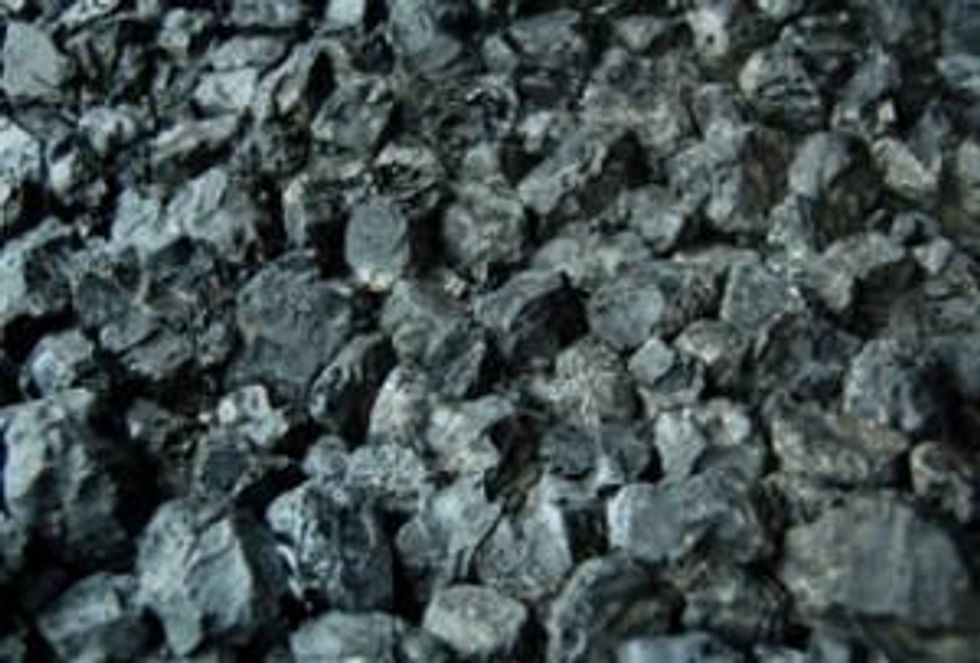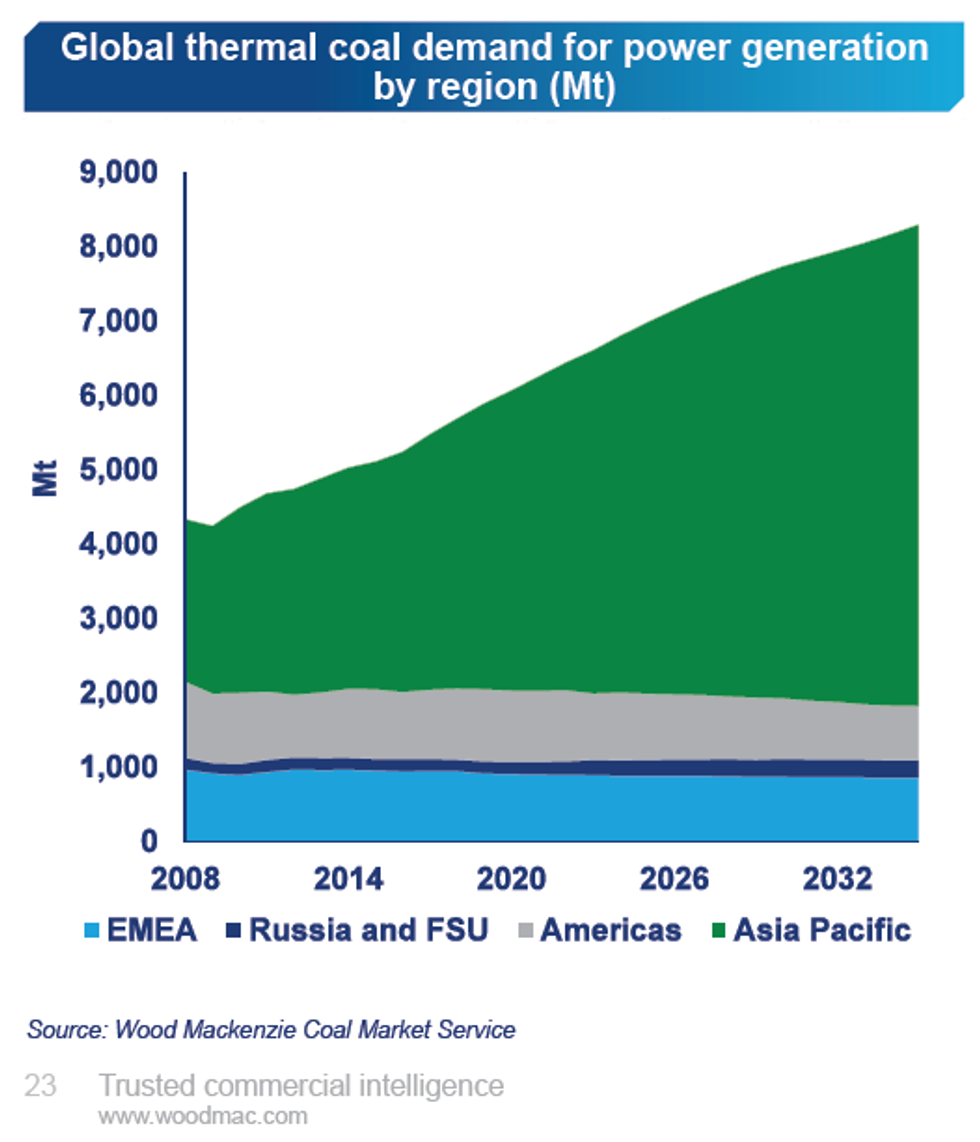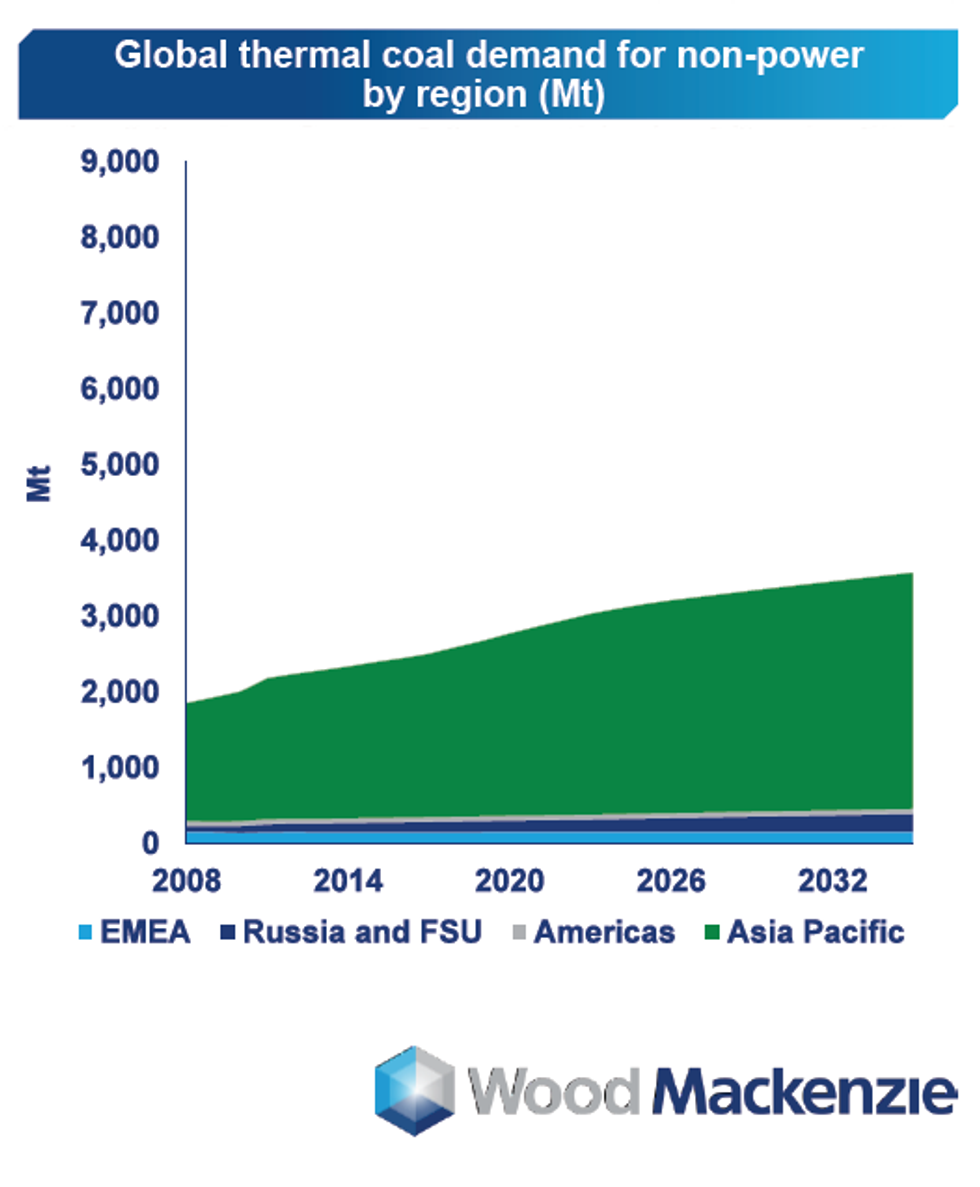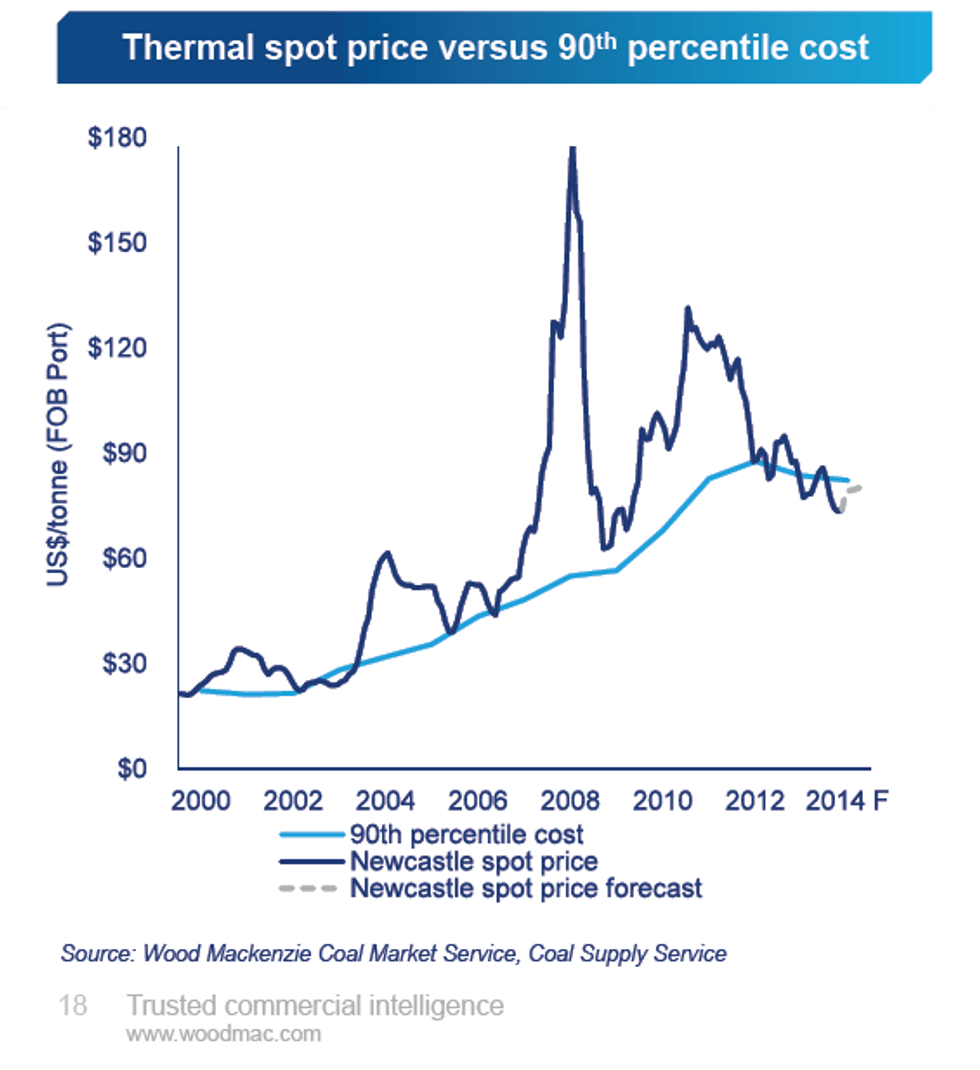The Thermal Coal Market in 2014: Slow and Steady Recovery
Last week, Coal Investing News gave an overview of Joe Aldina’s take on the metallurgical coal market, and this week, we look at the Wood Mackenzie Analyst’s view of thermal coal. The stories are similarly gloomy, but as with met coal, Aldina is confident that a recovery is on the horizon for thermal.
The stories are similarly gloomy, but as with met coal, Aldina is confident that a recovery is on the horizon for thermal. In his presentation at the 2014 Coal Association of Canada Conference and Trade Show, held in Vancouver from September 10 to 12, the analyst suggested that as with met coal, production costs for thermal coal will not likely be cut further, which will help create a floor for prices.
Furthermore, he anticipates that even with alternative forms of energy taking a bigger share of the market, China is still poised to consume a substantial amount of coal in coming years.
Supply
To be sure, the thermal coal market is oversupplied at the moment. In terms of which countries are causing that issue, Aldina pointed the finger at two countries in particular, stating, “it’s Australia and Indonesia.”
While Aldina blamed Australia for being the main “bad actor” in terms of oversupply in the met coal market, he said Indonesia is responsible for the glut of thermal coal. To give some perspective on how much of an impact Indonesia is having on thermal coal supply, Aldina referenced Glencore (LSE:GLEN) CEO Ivan Glasenberg, who has said, “if you want to look at the thermal coal markets and see where they’re going, just take a look at supply from Indonesia.”
Conversely, he stated that the United States has done a fair job of bringing its output down in response to oversupply. He commented that, compared to a 2011 baseline, the US has gone back to what it was exporting in incremental terms for thermal coal.
Still, Aldina sees roughly 50 million metric tons of “overhang” bearing down on prices.
Demand
Aldina sees the Asia Pacific region as driving coal demand, and pointed to China in particular. Though he admitted “it’s a bit cliche” to always be looking at China’s economic growth, and noted that India is actually “a bigger player in terms of trade growth and demand growth in 2013,” he stressed that what China gets up to really does matter.
The analyst cited several factors that are hurting coal demand from China. “A weaker growth outlook, tightening credit and anti-pollution measures are having an impact [on the coal market],” he stated. However, Aldina’s overall outlook for demand from China is fairly positive; he pointed out that the growth in coal use for power generation will be “slower, not lower.”
That isn’t a biased outlook either, as Wood Mackenzie has put plenty of thought into considering the growth of alternative energy sources in China. “We think there’s going to be unprecedented changes in energy efficiency over the next 17 years,” he said, noting that in Wood Mackenzie’s modeling, the analysts see “nuclear capacity growing five times over the next 25 years for China,” with renewables growing four times.
All that considered, the analyst is still adamant that “coal will still be part of the mix.” He suggested that though China is taking action to cut carbon emissions, “the pollution targets will be a moving target.” Furthermore, despite the cheap price of natural gas, he stated that “a simple switch to natural gas isn’t possible,” citing the lack of necessary infrastructure as just one problematic barrier. “We think higher-quality coal may be demanded, but the demand for coal is nonetheless very strong,” he said.
Prices and cost cutting
As for what’s been driving thermal coal prices down as of late, Aldina cited many of the same factors that are affecting the met coal market. “It’s supply, perpetuated by market distorting factors, lower costs, infrastructure contracts, fixed costs and producers not wanting to rationalize production because that’s a very difficult, irrevocable decision,” he said.
Looking a little closer at that hypothesis, he pointed out that prices have typically bounced back after hitting a certain point — the 90th percentile of costs. However, thermal coal hasn’t been responding as expected, with prices “muddling along the bottom” instead.
To be sure, cost cutting and increased efficiencies are prolonging oversupply, but Aldina also noted, “it’s getting harder and harder to cut costs.” Using a Newcastle benchmark price of $72 per metric ton of coal puts 40 percent of the market underwater — and, the analyst noted, thermal coal has even been trading a bit lower than that lately. Clearly it seems that falling prices have caught up with cost cutting measures, however effective they may have been.
Given that conundrum, Aldina believes that “moving costs down and creating a new lower floor for prices is not likely.” Thermal coal production costs have continued to go down, but the analyst forecasts that they will remain flat for 2015.
Overall, Aldina sees a light at the end of the tunnel in terms of thermal coal prices. “Prices do rise, and they rise in 2015. They rise incrementally but steadily,” he said. He predicted that the market will work through the current “overhang in capacity,” and that “marginal players” will eventually step up to meet increased demand.
As with met coal, Aldina anticipates a slow and steady recovery rather than a quick turnaround for the thermal coal markets overall. However, his comments will at least give coal investors and those involved in the industry some reason to take heart.
Securities Disclosure: I, Teresa Matich, hold no direct investment interest in any company mentioned in this article.
Related reading:
The Met Coal Market in 2014: Conditions to Improve, Says Joe Aldina




